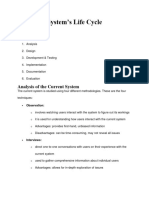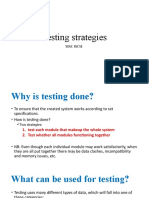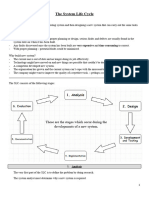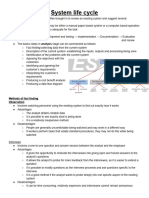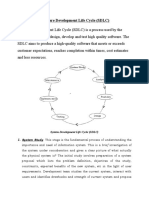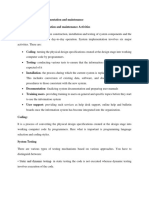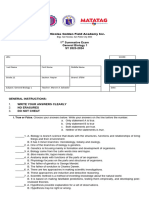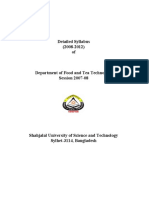0% found this document useful (0 votes)
43 views14 pagesCIE ICT Chapter 7 Notes
Chapter 7 of the document outlines the System's Life Cycle, detailing stages such as Analysis, Design, Development & Testing, Implementation, Documentation, and Evaluation. It discusses methodologies for analyzing the current system, including Observation, Interviews, Questionnaires, and Document Examination, and emphasizes the importance of identifying user requirements and system limitations. The chapter also covers the design and specification of hardware and software, implementation strategies, and the significance of documentation and evaluation in enhancing system performance.
Uploaded by
hnineiphyu2710Copyright
© © All Rights Reserved
We take content rights seriously. If you suspect this is your content, claim it here.
Available Formats
Download as PDF, TXT or read online on Scribd
0% found this document useful (0 votes)
43 views14 pagesCIE ICT Chapter 7 Notes
Chapter 7 of the document outlines the System's Life Cycle, detailing stages such as Analysis, Design, Development & Testing, Implementation, Documentation, and Evaluation. It discusses methodologies for analyzing the current system, including Observation, Interviews, Questionnaires, and Document Examination, and emphasizes the importance of identifying user requirements and system limitations. The chapter also covers the design and specification of hardware and software, implementation strategies, and the significance of documentation and evaluation in enhancing system performance.
Uploaded by
hnineiphyu2710Copyright
© © All Rights Reserved
We take content rights seriously. If you suspect this is your content, claim it here.
Available Formats
Download as PDF, TXT or read online on Scribd
/ 14

